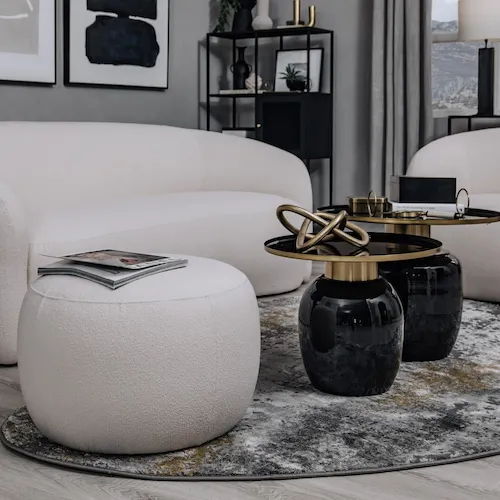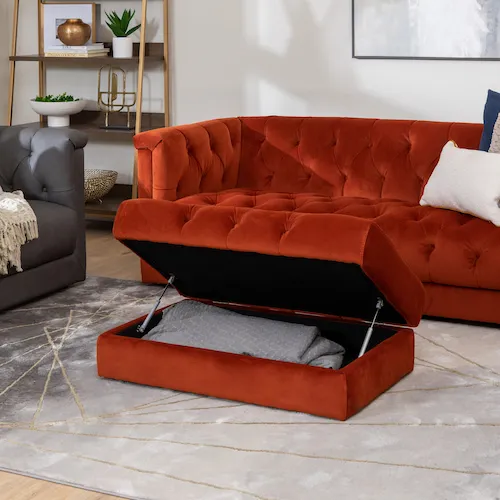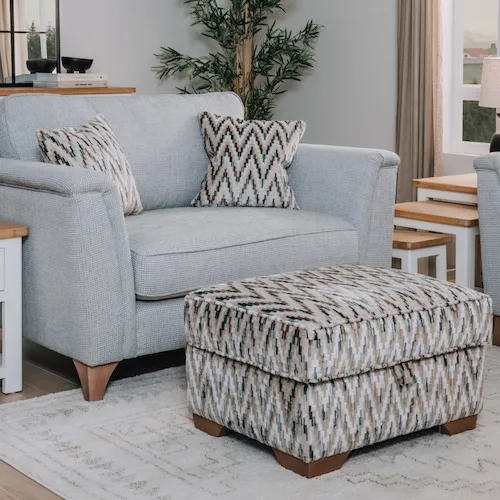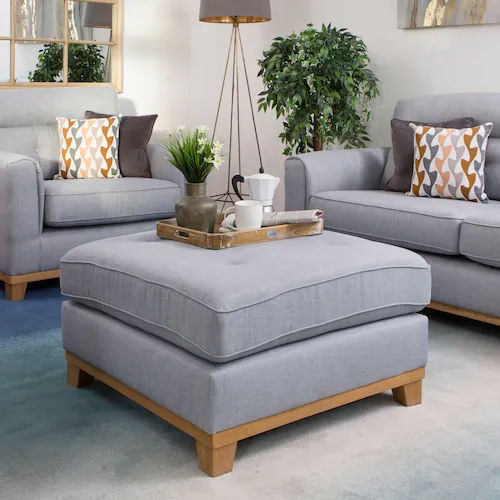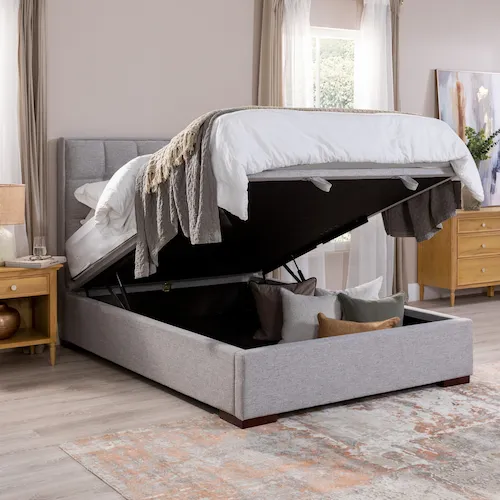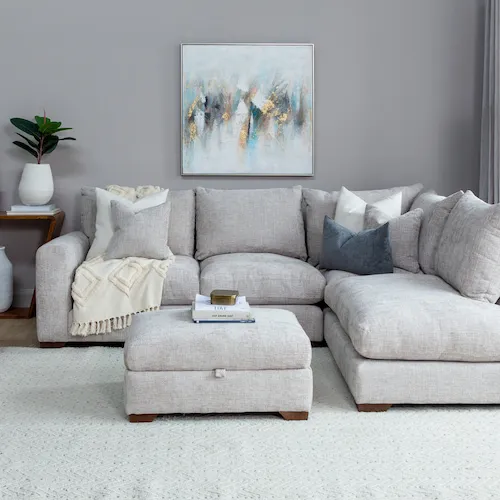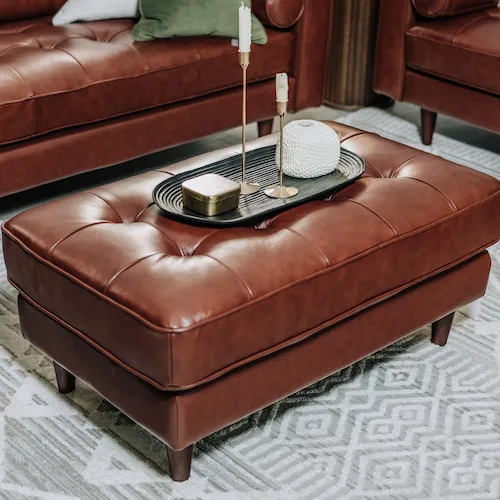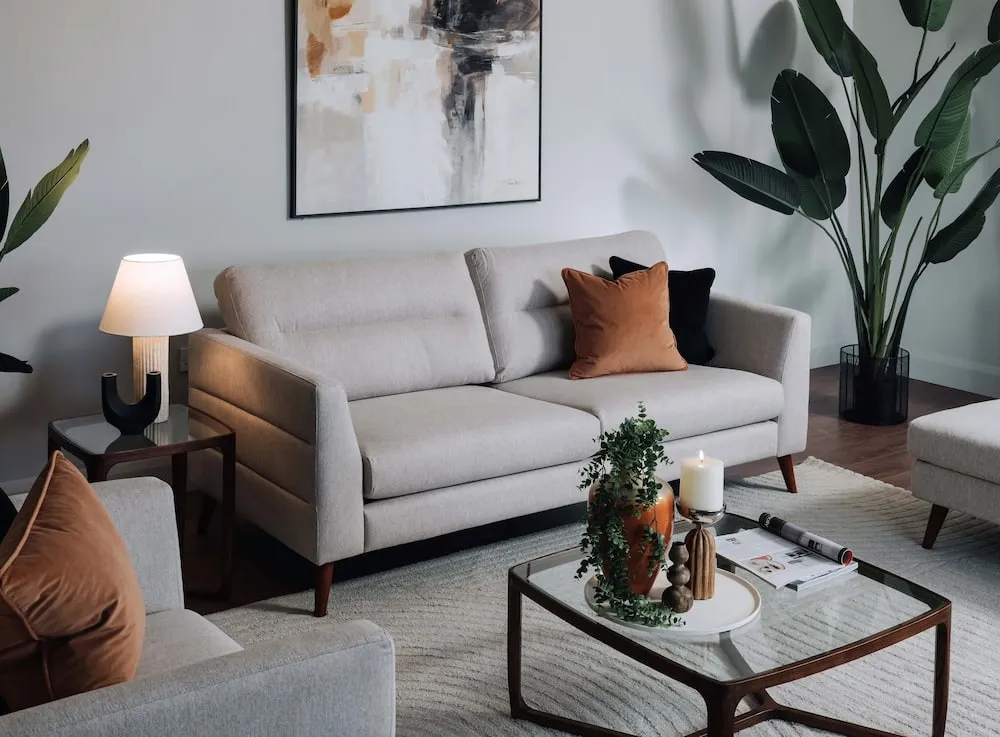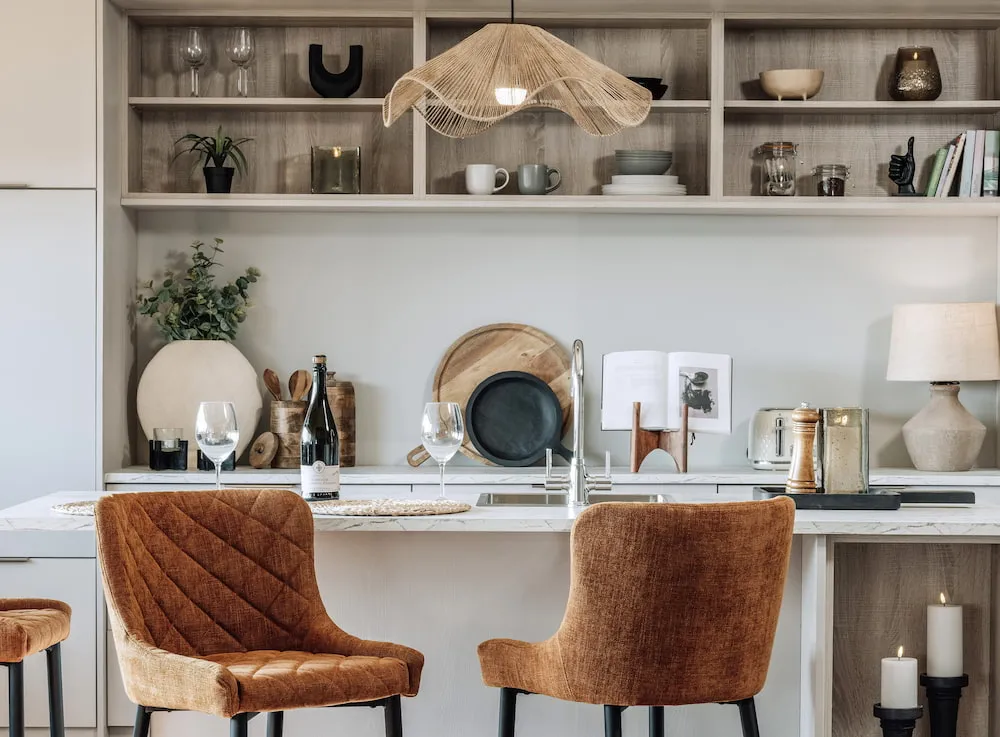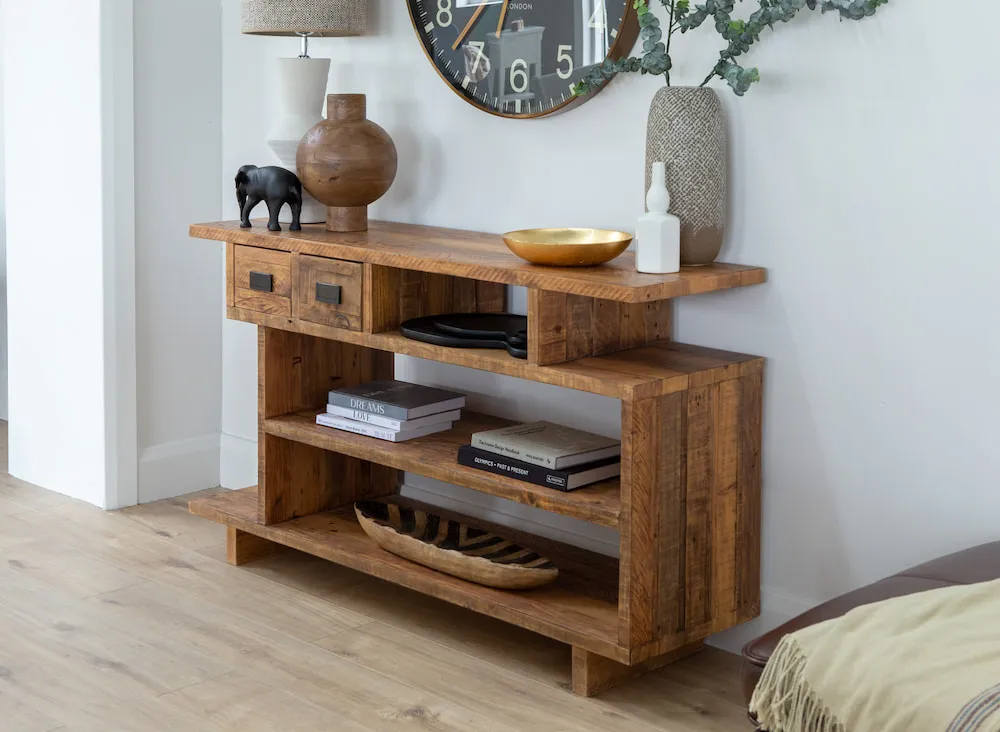You might have heard the term “Ottoman” used in several contexts. It can be used as a seating option, for storage, as a table centrepiece, and as a footrest. Still, over time the meaning of the word “Ottoman” has changed significantly. Now, it can also be used to describe a bed frame which features underneath storage. Still, what we really want to know is what this versatile piece of furniture has to do with an ancient empire that spanned much of Europe and the Middle East. From a design point of view, we want to establish what it is and how it can help us to turn our homes into multi-functional spaces. This EZ Living Furniture blog is here to answer all of this for you and more, so, without further ado, let’s get to it!

The History Of The Ottoman
The name comes from the Ottoman Empire, a political and cultural state that covered much of Southeastern Europe, Western Asia, and Northern Africa between the 1300s and the early 20th century. Constantinople (Istanbul now) was its capital and because of its trade routes, influence, and strong economy, it played an enormous role in connecting the Eastern and Western worlds. Everything from languages to food, architecture to art, and most significantly furniture was influenced heavily by the empire. The Ottoman was a central piece of furniture in homes, now known as a footstool, it featured a padded seat and acted like a seat, footrest, or even an ad hoc table, and was often covered with handmade carpeting, embroidered fabric, or beadwork. By the early 1700s, the Ottoman had made its way into some of the finest homes and luxurious boudoirs in France. It wasn’t until the 1800s that a real change came to their look and design. The United States took the original design and adapted it to include a hinged top that allowed for storage under its tufted top.
What Is An Ottoman?
Put simply, Ottomans are versatile pieces of furniture that can fulfil many different tasks in your home. They're freestanding and come in a variety of shapes, generally padded and upholstered and often with hollow centres for storage. They can be used to rest your feet on, as seats, as alternatives to coffee tables, and as places to hide items (if they feature storage). An Ottoman is known by many names including a footstool, pouffe, pouf, Ottoman chair, and even pouf footstool.
What Is The Purpose Of An Ottoman?
The funny thing about them is that they are not really designed for any one specific purpose. They are multi-functional pieces that can carry out many different tasks and do so in an extremely effective manner because they don’t consume a lot of floor space. Used for storage, as a seating area, as a place to rest your feet, or as a coffee table, Ottomans can become one of the most useful items you can own in your home. This is perhaps what makes these pieces so popular.
What Is The Difference Between An Ottoman & A Footstool?
Believe it or not, an Ottoman differs from a footstool (traditionally anyway). A footstool is designed specifically to rest feet on and originated in ancient Egypt. Ottomans have a cushion top, primarily for sitting, and as we have recently learned, originated in Turkey. However, it’s important to remember that over time these terms are used interchangeably and the same item could be classed as a footstool or Ottoman.
What Is A Pouffe?
A pouffe or pouf is essentially a large cushion. It doesn’t have a solid base and is usually smaller than an Ottoman. The only other difference is that a pouffe is not designed for storage or as a table because they are often too soft and unstable. However, like how an Ottoman and footstool can be sometimes confused and used interchangeably, so too can a pouffe.
What Is An Ottoman Bed?
Ok, so this is a strange one, we know. An Ottoman bed refers to a bed that has storage, whether that’s in the form of drawers or the entirety of the bed base. The only resemblance between this bed and the traditional footstool-type item is that it is a box-type structure because, of course, we know now that the storage addition didn’t come until much later.
How To Style An Ottoman:
There are several ways to style an Ottoman and by doing so, it will feel more part of the surrounding decor than if it’s left blank. Use a large rectangular tray or a small round tray. As with all home accessories, it’s best to group them on a tray to make them look like a grouping rather than a mismatch of individual items. Place candles, coasters, vases, dishes, and anything else you can think of onto the tray, but remember not to overload it. Picking only three items to display will always create more interest than any other number. Remember to mix colours, shapes, sizes, and textures if possible. Display your books on your Ottoman. Not only will this keep them in an easy-to-grab place, but it’s also a great conversation starter with guests.
Ultimately, the biggest decision you have to make regarding an Ottoman footstool is whether you choose to match yours with your sofa or opt for a contrast for a dramatic impact. The great thing about this item of furniture is that there are so many sizes and fabrics to choose from.
Shop our entire collection of Ottomans here.
For some trending inspiration, we suggest reading Sofa Trends For 2024.
We hope you enjoyed this content and found it useful and informative. We aim to share our expertise and knowledge with our customers and to do this we have a team of content creators working tirelessly behind the scenes. We do not use AI to create our content. Click this link to find out more about our team and content guidelines.
